Poaching is a Moist Heat Cooking Method
Have you ever poached an egg to make Eggs Benedict? Maybe you’ve simmered pears in wine for a luscious dessert. Or perhaps you’ve gently cooked fish in water, stock, or wine to keep it moist and flavorful. These are all common examples of poaching—a cooking method you may already know.
Poaching uses the least amount of heat, creating a slow and gentle cooking process. This method works best for delicate foods like eggs, fish, chicken, and fruit. Not only does poaching preserve the food’s texture, but it’s also a very healthy option. Instead of using fat, the heat transfers through a flavorful liquid.
To poach food correctly, keep the temperature between 160°F and 180°F—well below a simmer. Using an instant-read thermometer ensures accuracy. Without one, you can still judge the temperature by observing the liquid. Look for a slight convective current as the warmer liquid rises to the surface. The liquid should move gently but never bubble.
Whether you’re crafting an elegant brunch, preparing a light dinner, or finishing with a refined dessert, poaching is a reliable way to achieve tender, healthy, and flavorful results. It’s a technique worth mastering for its simplicity and versatility.
Why Poach Foods?
Cooks poach food to gently cook delicate ingredients while preserving their texture, moisture, and flavor. Unlike boiling, which can toughen proteins or cause breakage, poaching applies minimal agitation, making it ideal for foods like eggs, fish, poultry, and fruit.
Poaching enhances moisture retention. For example, cooks poach chicken breasts to avoid dryness while infusing subtle flavor from the liquid, which may include broth, wine, herbs, or aromatics.
They poach eggs to create tender whites and creamy yolks without using oil or butter. When preparing fruit, they often use poaching to soften the texture and develop complex flavor profiles without added fat.
Cooks also poach for health-conscious cooking. Since the method relies on water or broth rather than oil, it reduces fat and calorie content while keeping food flavorful.
Additionally, poaching offers excellent control over doneness. The low heat reduces the risk of overcooking, allowing for better texture and consistency.
In professional kitchens, chefs often use poaching to prepare items in advance while maintaining quality. This technique provides versatility, control, and elegance, making it a valuable skill in both home and commercial cooking.
Moist cooking methods do not brown foods, so to add extra flavor, there is every reason to use a flavorful broth, stock, juice, or even milk as your poaching liquid.
Many wonder, “Why poach if the food will just look pale and unattractive since it doesn’t brown?”
Lean proteins such as fish and chicken are served with a sauce that ” camouflages” the pale meat.
Poaching is also an excellent way to prepare lean meats for further processing, like chicken or fish salads. In most salads, moist, soft chicken is much more pleasing in texture than seared meats.
Poaching is Patience
Poaching requires patience because it relies on low, gentle heat to cook food slowly and evenly. Unlike high-heat methods that deliver quick results, poaching takes time to maintain the ideal temperature without letting the liquid boil. If the cook rushes and raises the heat too quickly, the food can become tough, break apart, or overcook.
Maintaining this delicate balance means monitoring the temperature carefully and resisting the urge to speed things up. For example, poached eggs need several quiet minutes to set just right, while chicken breasts require even more time to cook through without drying out.
Cooks must wait while the flavors of herbs, spices, or wine infuse into the food through the gentle poaching liquid.
Patience also comes into play when testing for doneness. Poached foods often require touch or careful observation instead of visual signs like browning or crisping.
Since there’s no sizzling pan or bubbling oil, the process feels quiet and subtle—almost meditative. Rushing defeats the purpose of poaching, which is to preserve tenderness and achieve a refined result.
In short, patience ensures that poached foods remain moist, flavorful, and beautifully textured.
Poaching Chart
Food | Time | Temp (°F) | Suggested Poaching Liquid |
| Proteins | |||
| Chicken breast | 15–20 min | 160–180°F | Broth + bay leaf, peppercorns, garlic |
| Chicken thighs | 25–30 min | 170–180°F | Water or stock + herbs, onion, celery |
| Pork tenderloin | 20–25 min | 160–180°F | Apple juice + rosemary, garlic |
| Beef (sirloin tip) | 45–60 min | 170–180°F | Beef broth + thyme, onion, black pepper |
| Eggs (whole) | 3–5 min | 160–165°F | Water + splash of vinegar |
| Fish & Shellfish | |||
| Salmon fillet | 10–12 min | 160–170°F | White wine + dill, lemon, onion |
| Cod fillet | 8–10 min | 160–170°F | Fish stock + parsley, celery, lemon |
| Halibut steak | 12–15 min | 160–170°F | Court bouillon (wine, water, veg, herbs) |
| Shrimp (peeled) | 2–4 min | 160–170°F | Water + lemon slices, bay leaf |
| Scallops | 4–6 min | 160–170°F | White wine + thyme |
| Vegetables | |||
| Asparagus | 3–5 min | 180–190°F | Water + salt, lemon zest |
| Carrots | 10–12 min (sliced) | 180–190°F | Water or broth + bay leaf |
| Leeks | 10–15 min | 180–190°F | Water + garlic, thyme |
| Fennel | 12–15 min | 180–190°F | Broth or white wine + orange zest |
| Potatoes (small) | 15–20 min | 180–190°F | Salted water + herbs |
| Fruits | |||
| Pears (halved) | 15–20 min | 160–180°F | Red wine + cinnamon, cloves, sugar |
| Apples (sliced) | 10–15 min | 160–180°F | Apple juice + vanilla, lemon juice |
| Peaches | 5–10 min | 160–180°F | White wine + sugar, star anise |
| Plums | 8–12 min | 160–180°F | Water + honey, cardamom |
| Figs | 5–8 min | 160–180°F | Port wine + orange peel |
Poaching Liquids
You can poach in water, milk, or a flavorful broth. The broth used for poaching is called a court bouillon.
It includes the poaching liquid (often broth or stock), an acid (such as wine, lemon juice, or vinegar), a bouquet garni (a bundle of aromatics like bay leaf, parsley, peppercorns, garlic, and thyme tied in cheesecloth or with kitchen string), and mirepoix (a mix of onion, celery, and carrot). The traditional proportions for white mirepoix are two parts onion to one part each celery and carrot.
For desserts, fruit is often poached in sweet wine and water with spices like star anise, clove, and cinnamon. Eggs are typically poached in water with a bit of vinegar.
The acid in the poaching liquid helps speed up protein coagulation on the outside of the food, helping delicate items, like eggs, hold together during poaching.
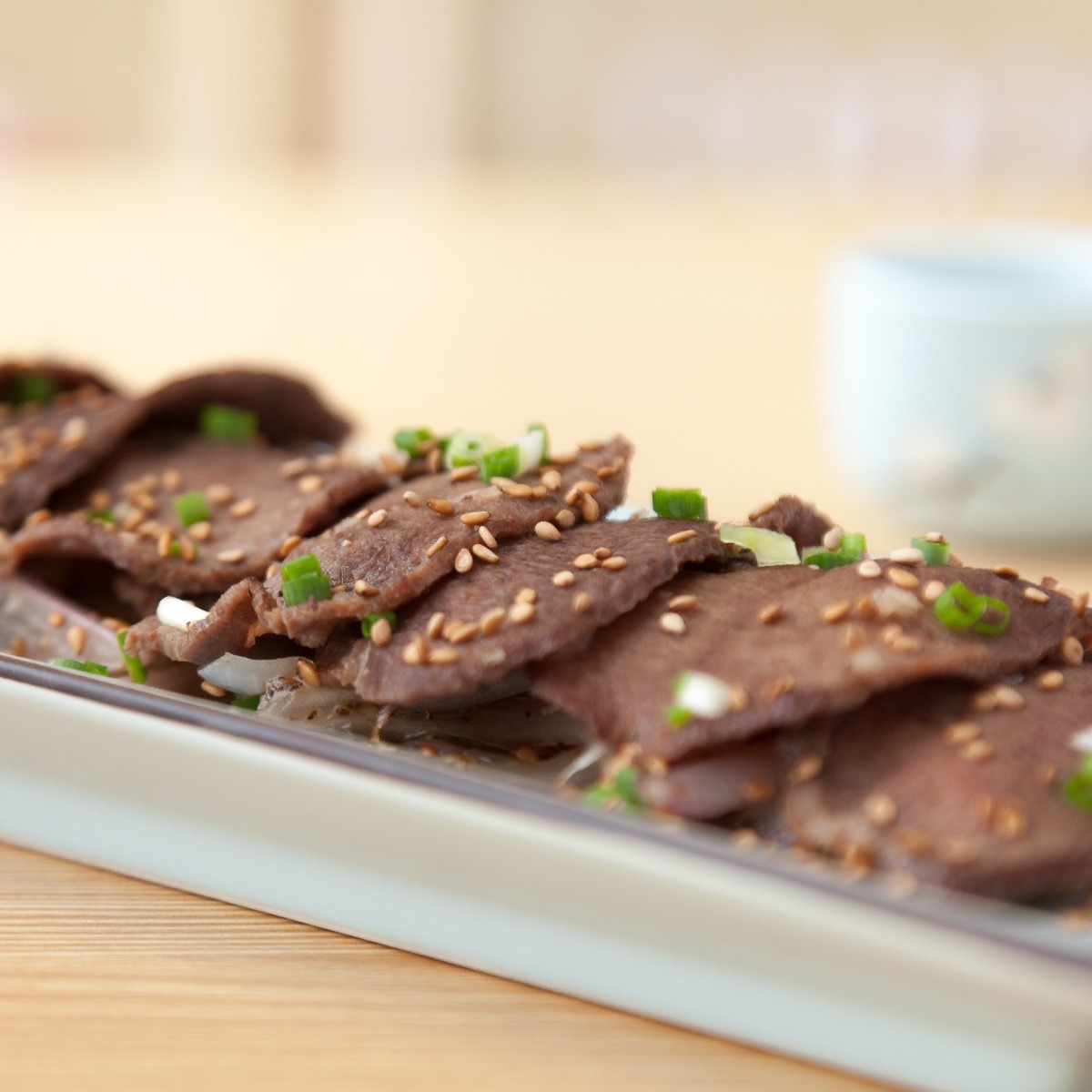 Poached Beef
Poached Beef
Poaching Method
How do you poach food? What equipment do you need? Let’s break it down so you can master this simple, effective cooking method.
To poach a chicken breast, heat 2 inches of poaching liquid until it’s just below a simmer. Look for tiny bubbles at the bottom of the pan but none rising to the surface. That’s your signal that the liquid is ready.
Gently place the chicken breast into the liquid. Watch the heat closely. If the liquid starts bubbling, lower the temperature. If the water looks still, turn up the heat slightly. Don’t worry if the chicken isn’t fully submerged—you can use tongs to flip it over halfway through.
Continue poaching until the chicken reaches an internal temperature of 160°F. While some recipes suggest pressing or cutting the meat to check doneness, an instant-read thermometer gives you the most accurate results.
Once the chicken is cooked, remove it from the liquid. It will look pale, as poaching doesn’t create browning. However, this gentle method keeps the meat tender and moist.
Poaching works well for delicate foods and dishes that require additional cooking, like shredded chicken for enchiladas or diced chicken for salads. You don’t need fancy tools—just a saucepan or sauté pan that holds 2–3 inches of liquid.
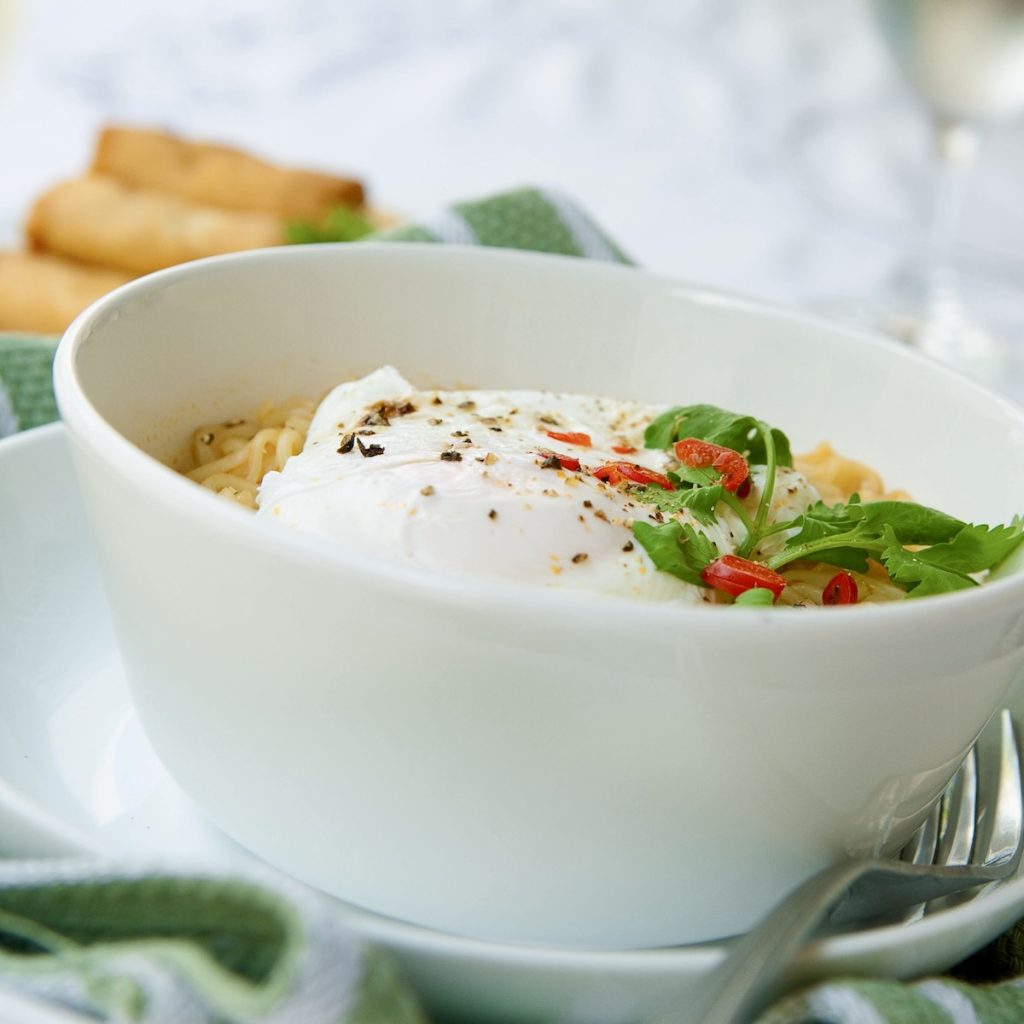
How to Poach an Egg
Many home cooks, including me, struggle with the seemingly simple task of poaching an egg. To avoid disaster, keep the water just below a simmer. This small detail makes all the difference.
Start by heating 3 inches of water with a splash of vinegar to around 170°F. Watch the bottom of the pan closely. You should see tiny bubbles covering the surface, but they shouldn’t rise or break.
Crack an egg into a small cup, then lower the cup into the water at the center of the pan. Gently tip the cup to slide the egg out into the water.
If stray egg whites float away, use a heat-resistant spatula or spoon to nudge them back. Let the egg poach gently for 4–5 minutes, adjusting the time based on your preferred doneness. To check, jiggle the egg gently with your spoon. The white should be set, but the yolk should still wobble. Remove the egg with a slotted spoon and drain it on a paper towel.
Serve it simply on buttered toast, or elevate it with Eggs Benedict. For a creative twist, top a salad with a warm poached egg. When you break the yolk, it blends beautifully with a tangy dressing—absolutely delicious!
A Note on Egg Poachers
Many so-called “egg poachers” on the market aren’t true poaching devices. To poach an egg, the food must be submerged in liquid.
These gadgets all have you place an egg in a cup, so the egg is not directly in the liquid. Instead, it is cooked in a water bath, like a custard. While these gadgets do cook the eggs, they do not poach them.

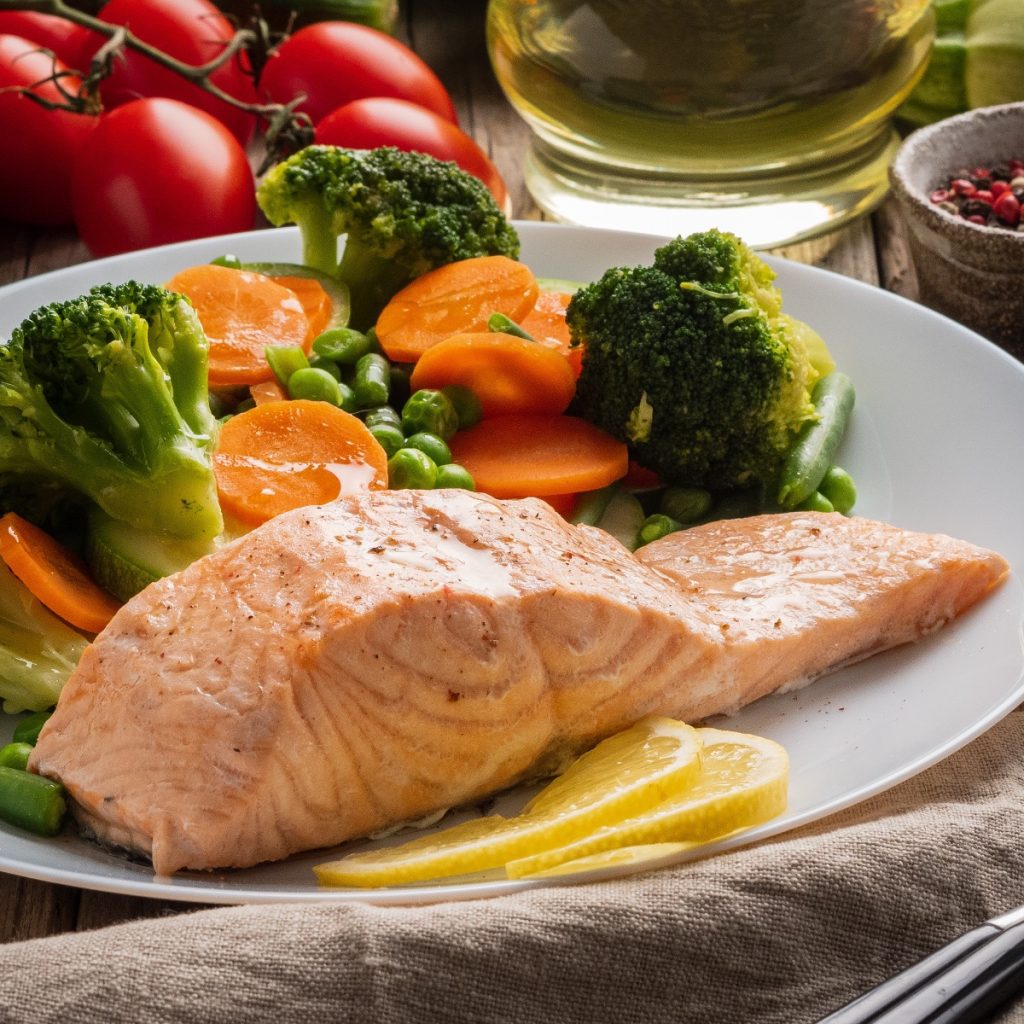
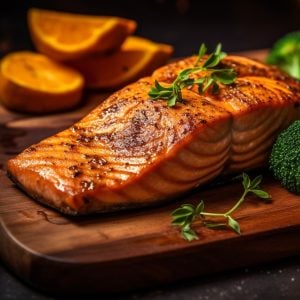
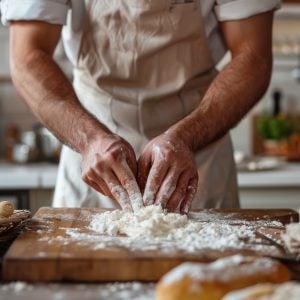
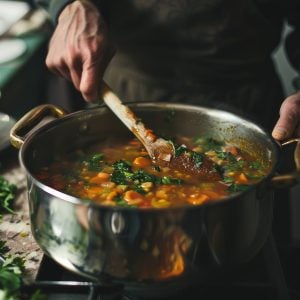
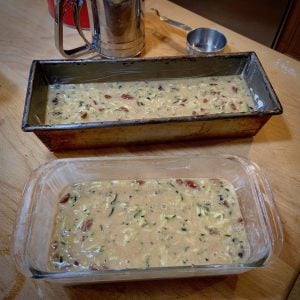
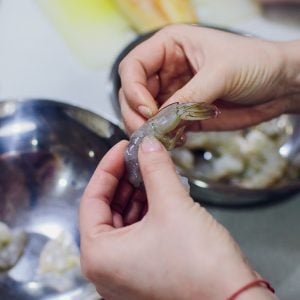
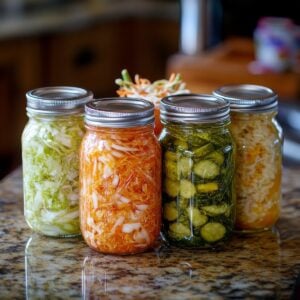
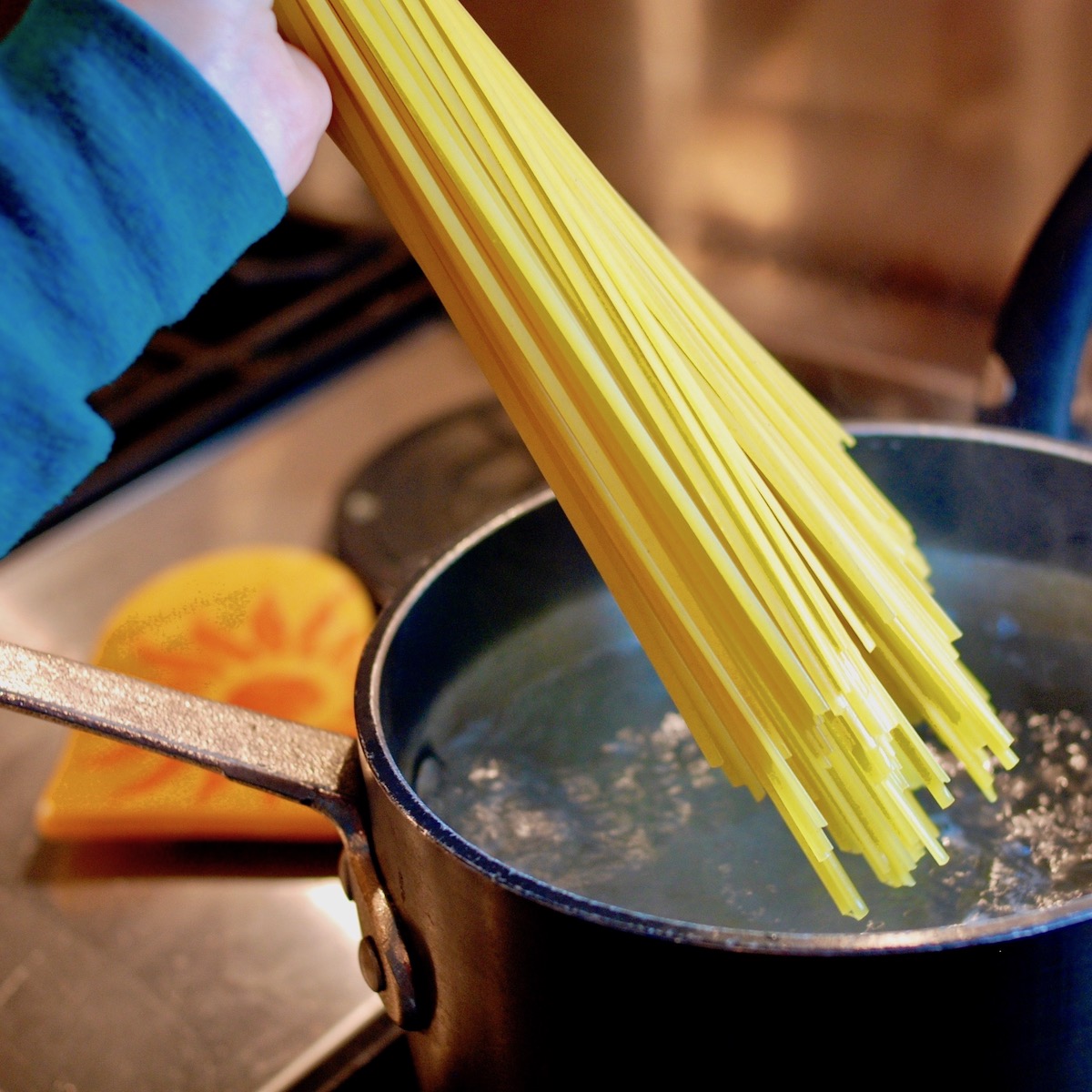
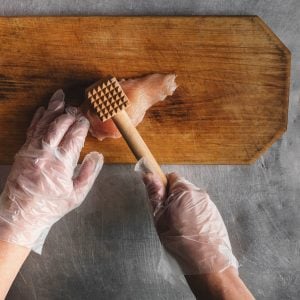
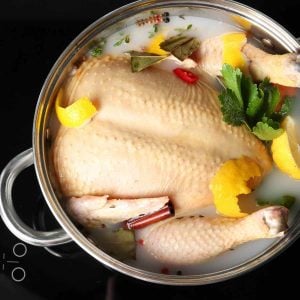


11 Responses
I have never before understood poaching! Thank you so much. I will poach eggs in the morning!
Let me know how they turn out Barbara.
Terrific. I now know how to poach an egg, I always boiled them before – no wonder they never satisfied.
I’ve heard of poaching in fat – especially duck (confit?) I have it one time and loved it. Is that essentially the same with different poaching liquid?
BTW, I really enjoy your site. Thanks.
This has actually been so helpful! I am having gastric bypass surgery in 2 weeks, and one of the methods of cooking helpful for weightloss patients is poaching! I never understood what poaching exactly was until now.
Thank you !
I think this goes back to the first lesson in cooking, and one it took me a long time to learn: turn the heat down. Unless you’re trying to get a good sear on a steak or hamburger, most of us (yes, including me) use too much heat. Foods which have cooked for a longer time at a lower temperature usually seem to have a greater depth of flavor – except those steaks and hamburgers.
Can you speak to what you would add to the poaching liquid based on the meat? Also if you add say carrots and fennel for salmon, are those items edible at the end of cooking?
Hi Elizabeth, it really depends on what flavor you are trying to achieve. You can add herbs and spices to create a particular ethnic flavor or add nothing at all. Are the carrots and fennel for salmon edible? Sure but they may have lost some of their flavor. If you want a stronger tasting vegetable to serve as a side dish, you could remove the veggies used to flavor the broth and add fresh ones while you poach the fish but personally, I don’t mind the original vegetables.
I’ve never poached meats or poultry before and its something i need to do in one of my exams for college. Any ideas what cuts of beef i could poach ?
Hi Stephanie, if I were going to poach beef, it would be the most tender cut I could find and that would be from the tenderloin. I would cut it thin too. Good luck with your exam. Where are you going to culinary school?
what could you poach fruits in apart from wine?
Hi Haillie, you can prepare a simple poaching liquid or what some people call poaching syrup by mixing two parts water or fruit juice with one part sugar.